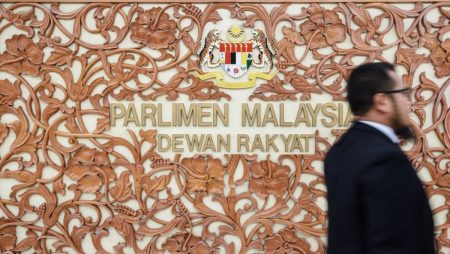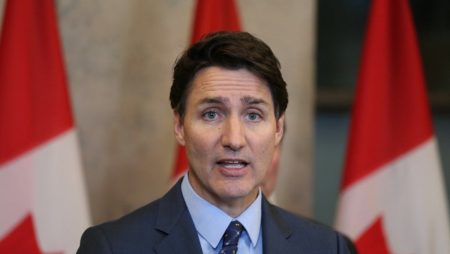Myanmar’s military is facing significant challenges as it grapples with low-intensity conflicts and struggles to stabilize an economy that has been in decline since a 2021 coup that ended a decade of tentative democracy and reform. The country is currently embroiled in a civil war between the military and a loose alliance of ethnic minority armies and a resistance movement that emerged in response to the junta’s crackdown on anti-coup dissent. The military has lost control of key frontier areas to rebel groups.
Recent photographs posted on pro-junta social media show soldiers raising the Myanmar flag at a military base previously controlled by the Karen National Union (KNU), which had raised its own banner there just days before. Negotiations may be underway between rival troops in Myanmar, according to reports received by Thailand. The country has proposed hosting a meeting to address the Myanmar crisis, with the participation of the ASEAN chair and past and future chairs from Indonesia and Malaysia.
In an effort to retake the town of Myawaddy, the junta has launched a counteroffensive with the help of a regional militia that had initially stood aside when the KNU besieged the town in April. The Karen National Army, the militia group in question, did not respond immediately to requests for comment on the situation. Despite these efforts, the junta faces a significant challenge in regaining control of areas lost to rebel groups and in addressing the ongoing civil unrest in the country.
The situation in Myanmar represents a significant challenge for the military, which has been in power since 1962. The current conflict marks one of the most significant challenges faced by the military rulers in decades, as they struggle to assert control in the face of widespread opposition and resistance. The ongoing civil war between the military and rebel groups has further destabilized the country, making it difficult for the junta to maintain a grip on power.
The civil war in Myanmar has drawn in a wide range of actors, including ethnic minority armies and a resistance movement that has emerged in response to the junta’s crackdown on dissent. The conflict has escalated in recent months, with rebel groups gaining control of key frontier areas and mounting significant challenges to the military’s authority. The junta’s efforts to regain control of these areas have been met with resistance, further complicating the situation and raising doubts about the military’s ability to maintain its grip on power.
International efforts to address the crisis in Myanmar have so far been limited, with some regional actors, such as Thailand, proposing to host a meeting to address the situation. However, resolving the conflict will likely require more concerted international efforts to pressure the military junta to engage in meaningful negotiations with opposition groups and to address the root causes of the ongoing unrest. The situation in Myanmar remains fluid and volatile, with the military facing significant challenges in maintaining control and stability in the face of widespread opposition and resistance.













